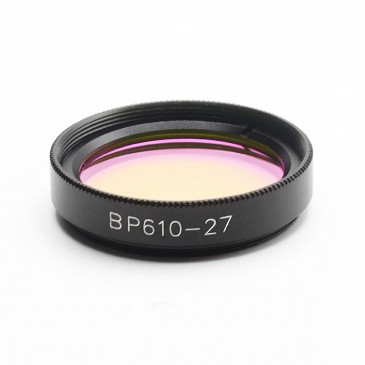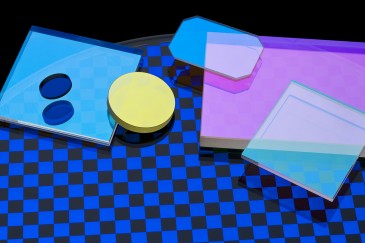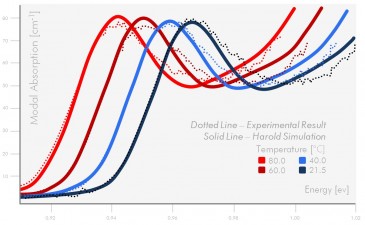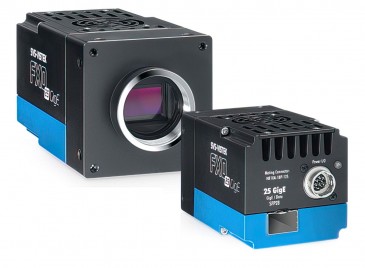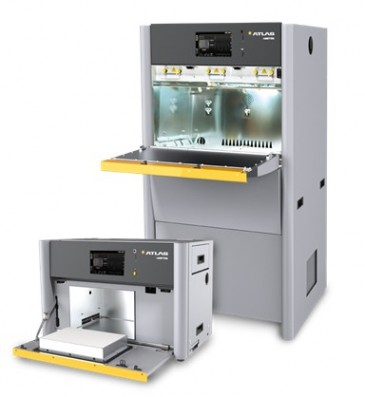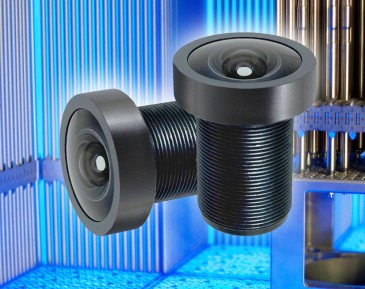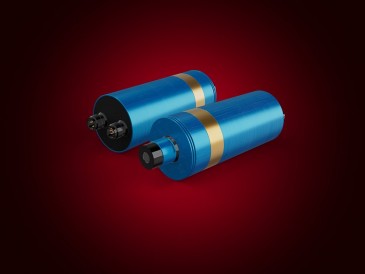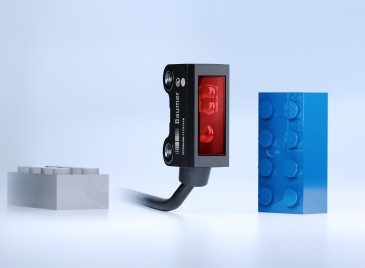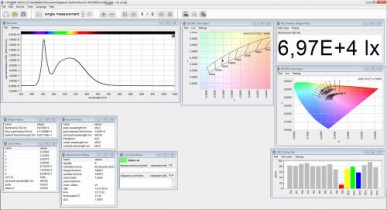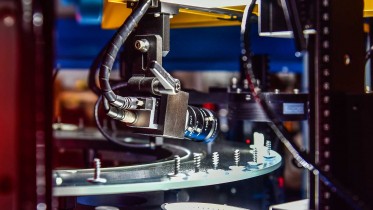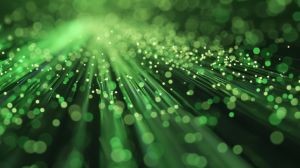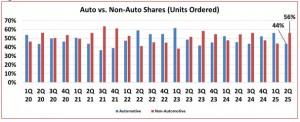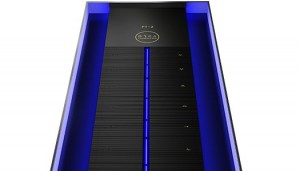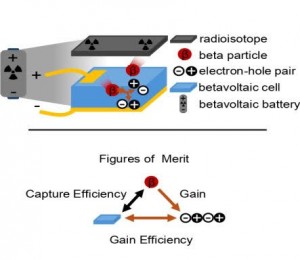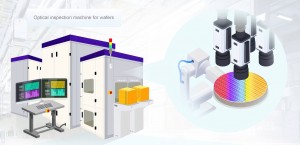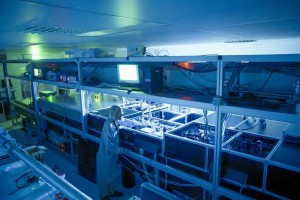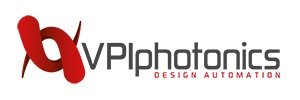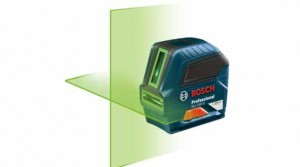
Hundreds of companies all over the globe are currently manufacturing color lasers in thousands of colors and wavelengths. Getting laser sources in the desired color has become commonplace. When visitors come to trade shows they take the variety of colors for granted as they have always been around. In fact that was not the always the case. Just a bit more than two decades ago choices were much more limited. At that time I happened to be at the right spot at the right time to contribute to the lucky circumstances that brought the first green diode-pumped solid-state frequency-doubled laser to market.

In 1993 I attended Laser World of Photonics Munich for the first time as a medical doctor but also to investigate what chances there would be to sell lasers. The market for lasers in Germany was growing at high speed at that time, while sources were very limited and mostly concentrated in the US. The idea I had in mind was to use my scientific contacts in the former USSR, and in particular in Russia, where I knew that the laser research and production that had been taking place for years had just been removed from secrecy and opened to commercial activities. And so I hit the show ground in Munich with two copies of a “catalogue” that consisted of laser parts from various scientific institutes and production facilities in the former Soviet Union translated from Russian into English and tried to reach as many companies during the trade show as possible. I left the trade show with a number of leads; one of them was Laser 2000.
The first commercially available green laser
Shortly after Laser Munich I received a parcel from my business partner along with a fax saying: “Look, very interesting lasers; try to market them”. What I held in my hands were the world’s first commercially available green diode-pumped solid-state frequency doubled lasers. It was the beginning of the color solid-state laser era. Until then, red color laser light was delivered by Helium-Neon-Laser (HeNe) sources, while other colors – green, yellow, orange - came with a power output below 100uW. Higher power color lasers were also available from dye lasers, and green color also from copper vapor lasers. However, all of them were either bulky or power hungry devices, or both. The market, however, was demanding portable, high power output and low energy input color lasers. Diode-pumped solid-state lasers were developed in infrared wavelengths and entirely for military applications from the US and the Soviet Union. And so the cradle of these ‘green’ beginnings lies in a research lab facility in Moscow/Russia. First developments had started there already in 1980 and at that time were LED bound and by this very low power.
The green laser pointer
The second pattern, which came in 1986 was already diode-pumped solid-state frequency-doubled; and in 1992 Prof. Kuratev, who owned the patent, founded a company called Laser-compact together with 14 students. The motivation to develop a green laser was basically scientific curiosity. From a technical point of view, the next step was to double the frequency. Having a wavelength in the infrared spectrum and single mode, the next step would be to double the crystal. Already red laser pointers existed, now the Russian physicist thought why not commercialize another color. Having seen the first samples, I motivated my Russian partner to allow me to change the case into a more cylindrical shape such as a ballpoint pen in order to address OEM needs.
The best thing that came to my mind was to send a copy of the attached brochure to the CEO of Laser 2000, Armin Luft whom I met earlier during the trade show; and within three days I got an invitation to present the products at their headquarters. And so, after my first meeting with Laser 2000, the company immediately decided to take these brand-new green laser products into their portfolio. Laser 2000 signed for signed 100 small green laser pointers and two bigger systems with 20mW and 50 mW, which at that time were enormous power output for a green laser. This contract also marked the commercial beginning of Frankfurt Laser Company. I brought back the contract to the laser manufacturer Laser-compact in Moscow. At that time, however, in a period of massive upheaval in the former Soviet Union, the company had the perfect product but practically no chance to market it out of Moscow. So I was more or less their biggest hope to market it and arrived directly with the first contract.
Entering the gaming market
Having the first pieces in stock, Laser 2000 began to market the green laser pointers first in the German market and later in the US. Here, laser gaming manufacturer Q-Zar became interested in the green laser pointer. It had so far integrated red laser pointers into their laser tag guns and ordered a notable amount. So the beginning the green laser success was not about industry needs, but much more about gaming and everything else to do with laser pointing. The idea to change color was all about visibility, because green light is much better visible to the human eye than red light.
Having had a quasi-monopoly on green diode-pumped solid-state frequency doubled lasers in the beginning, Laser-compact Group in Moscow became a rather renowned brand of its own in the market and has long concentrated on industrial and scientific applications.
Expanding applications for green lasers

Ever since then, green stayed my favorite color, my passion. Today, the applications of green lasers has become broad. A major argument to replace existing systems by green diode-pumped solid-state frequency doubled lasers is that they are much smaller, less power hungry and live longer. Also, green light at 532nm is much better visible than red light at 635nm, which is helpful for instance in submarine applications or in surgery where green provides better contrast on bloody tissue background. In the laser pointer market, green laser have conquered a major market share for the same reasons. Also laser holography and display technology, e.g., in cinemas and in the automotive industry, relies on green lasers. Biomedical lasers assist in flow cytometry and gene sequencing, and green pico- and femtosecond lasers are used in industrial processes for material machining. Frankfurt Laser Company has a bright range of lasers in various colors, but in green our company covers the whole line of green laser applications and products.
Dr. Vsevolod Mazo, Owner and CEO of Frankfurt Laser Company

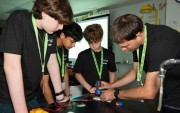




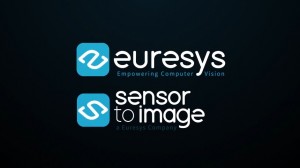
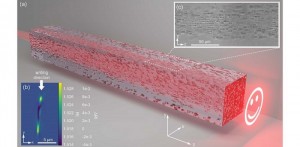
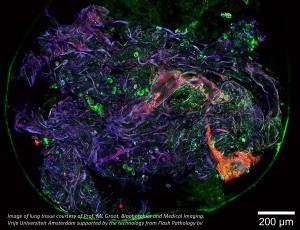

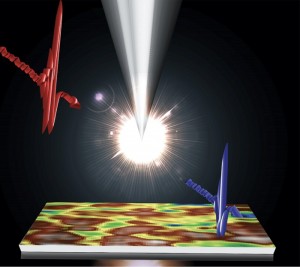

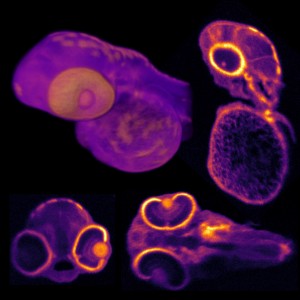
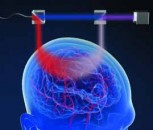
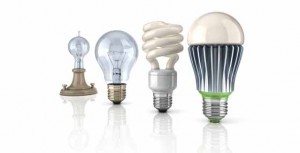
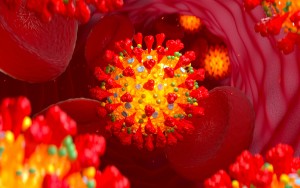















 Back to Features
Back to Features